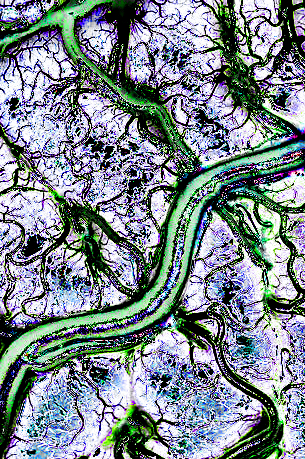Worm brain study spots handy proteins
 Australian researchers have discovered a new mechanism for brain cell repair.
Australian researchers have discovered a new mechanism for brain cell repair.
University of Queensland researchers have made the find during investigations of a transparent roundworm, and they say it could bring them closer to understanding nerve degeneration.
It appears that the worm contains two proteins that play a role in the degeneration of axons in nerve cells.
Axons are the long, thread-like nerve cell sections that transmit information, and are one of the first parts destroyed in neurodegenerative disease.
“By understanding the molecules involved in axonal degeneration, we can find better ways to protect neurons,” said researcher Associate Professor Massimo Hilliard, from the Queensland Brain Institute.
“Axons are often hit and damaged by external trauma or internal injury.”
Nerve axons are also damaged in neurodegenerative conditions including Alzheimer’s, Parkinson’s and Charcot-Marie-Tooth diseases.
The researchers discovered the new proteins by using a laser to cut axons in the roundworm Caenorhabditis elegans (C. elegans), a small model system with only 302 neurons.
“We found there is cross-talk between the dying neuron and the surrounding tissue, where the neuron sends a signal that it needs to be cleaned up,” said Monash University collaborator Dr Brent Neumann, previously of QBI.
The proteins identified seem to alter the membrane of dying neurons.
The molecular components that the team discovered are conserved across evolution, meaning that the same proteins exist in the C. elegans worm as in flies, mice and humans.
The discovery creates new avenues for researchers seeking to limit the degenerative process, and experts hope it could allow neurons to be better preserved.








 Print
Print